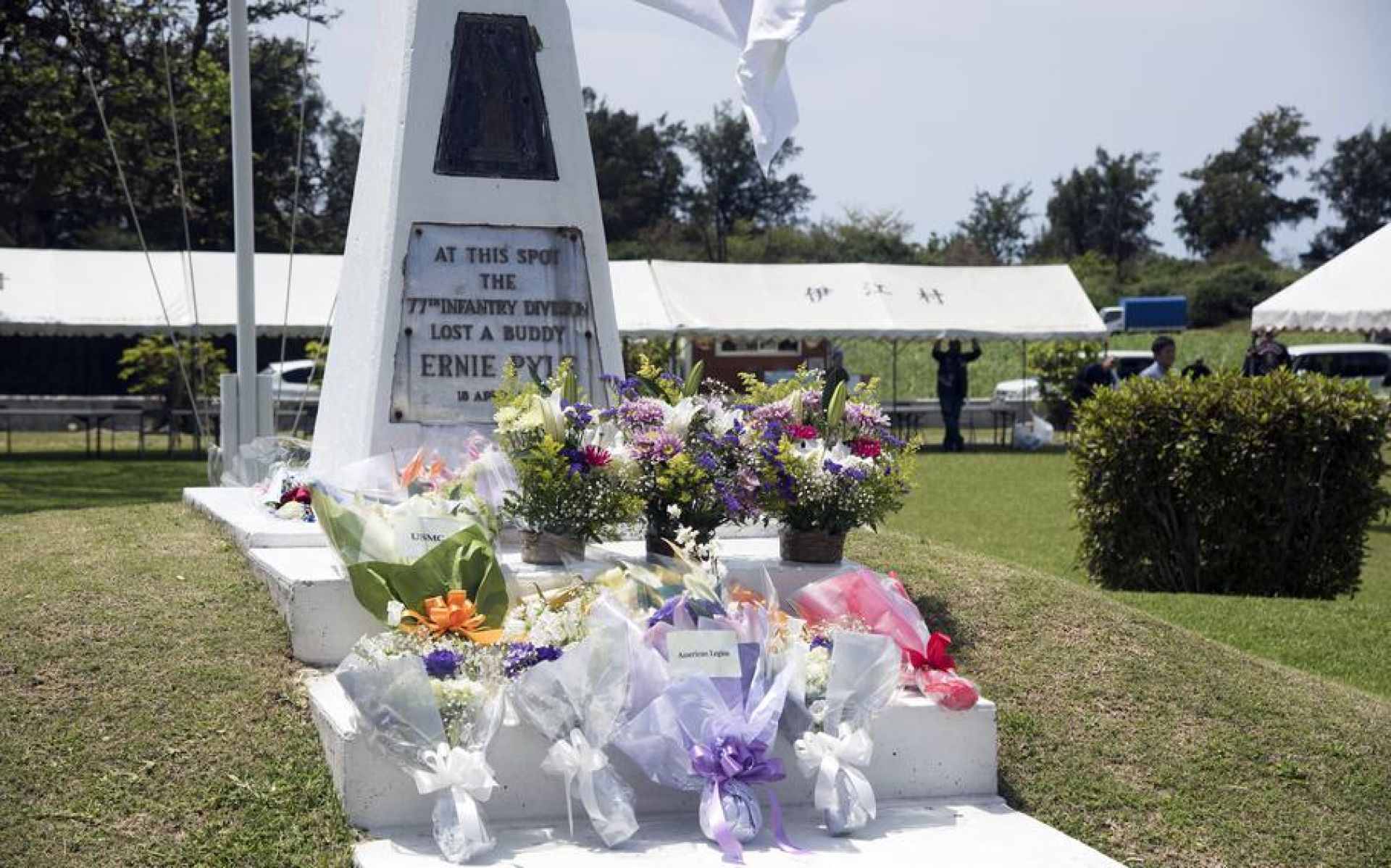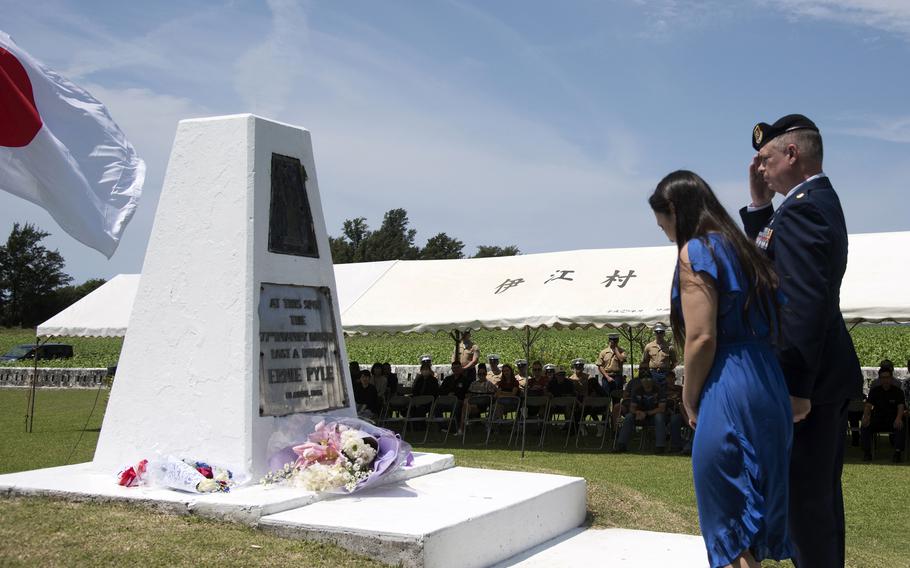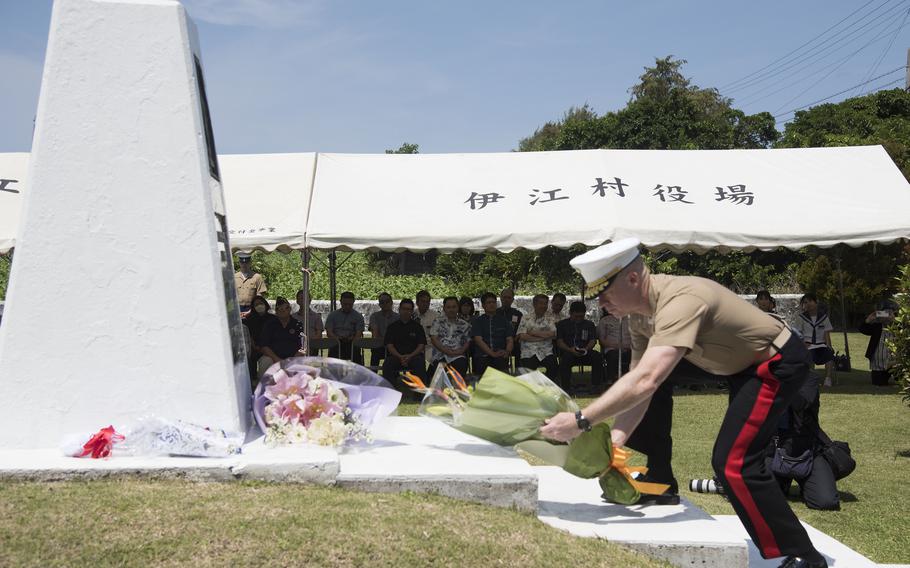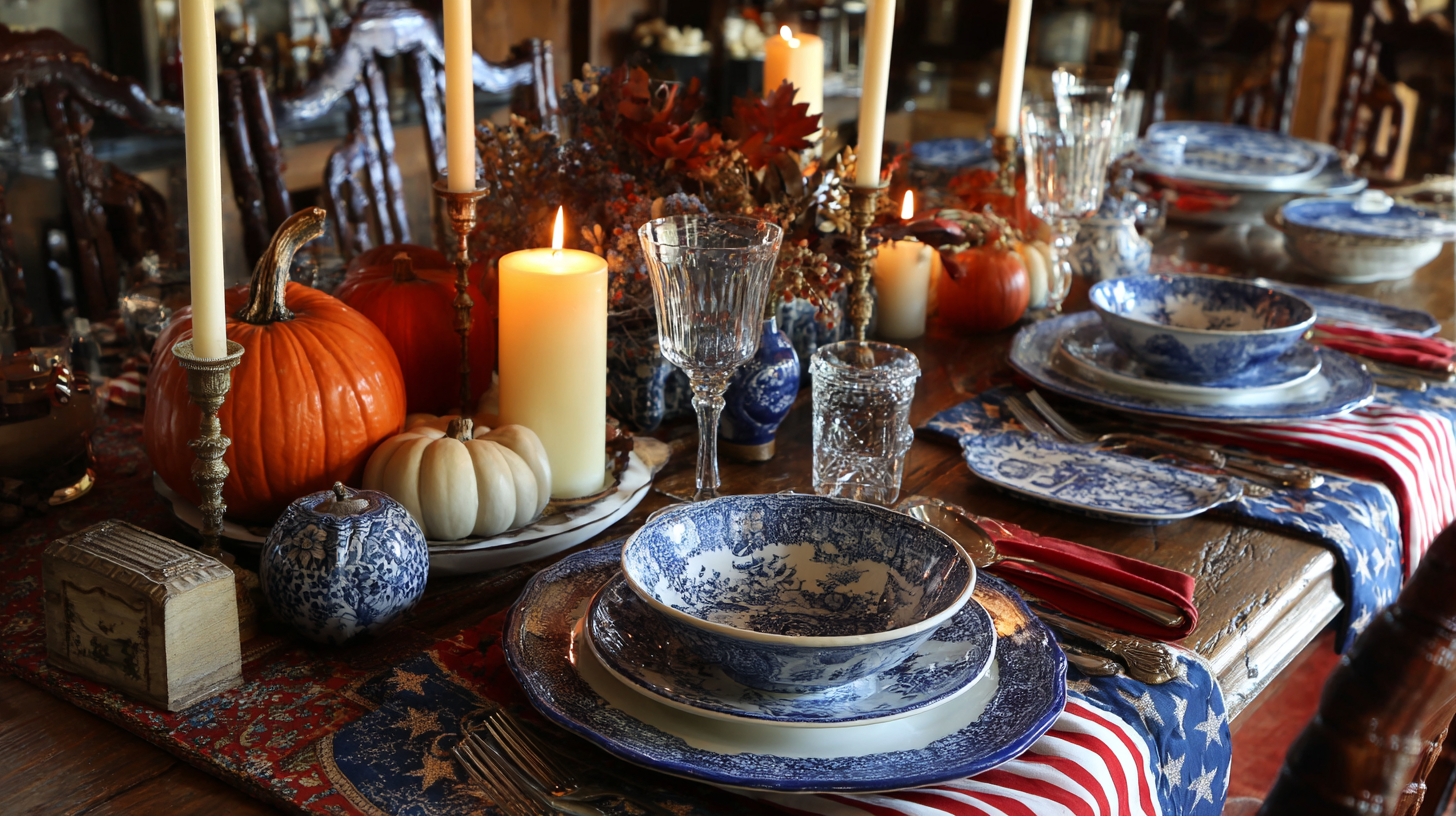Publisher's Corner

Guest Viewpoint
The American Foundation for Suicide Prevention and Zero Suicide - Meet the Staten Island Military, Veteran, Family (SMVF) Task Force!
Relatives, Marines honor Ernie Pyle on 80th anniversary of war correspondent’s death

It’s perhaps Pyle’s most well-known dispatch from the Italian front in World War II: “The Death of Capt. Waskow,” dated Jan. 10, 1944.
In it, Pyle described how soldiers in the Army’s 36th Infantry Division paid tribute to their fallen company commander.
“That article, just the way he describes so eloquently the outpouring of the men to their captain,” Cowan said Saturday while aboard the ferry to Ie Shima, where a ceremony marking the 80th anniversary of Pyle’s death would soon begin. “… That’s what’s always most important, and I always used that as an example of how I wanted to lead my troops.”


Cowan, Pyle’s first cousin once removed through his mother, serves as president of the Ernie Pyle Legacy Foundation. The organization’s leadership is largely composed of Pyle’s indirect descendants.
He and his daughter, Angelica Shaklee, became the first of Pyle’s relatives to visit the memorial on Ie Shima, where an obelisk stands near the site where Pyle was killed on April 18, 1945.
They joined about 150 Marines, American Legionnaires and Okinawan officials for the morning ceremony.
The significance of the 80th anniversary brought more attendees than in previous years, said Lawrence Occomy, commander of Okinawa’s American Legion Post 28. The post has maintained Pyle’s memorial and hosted the annual ceremony since 1952.
“Many of those World War II veterans are no longer here to tell the stories,” Occomy, an Army veteran, said after the ceremony. “However, Pyle captured those stories, specifically for the infantrymen. That story to this day still lingers on in the many writings that he published.”
Born in 1900 near Dana, Ind., Pyle became known for his down-to-earth reporting on the lives of enlisted troops during some of the war’s most significant battles.
He began covering the war for Scripps-Howard newspapers in 1940 during the German bombings of London, known as the Blitz. He later embedded with troops in the North African campaign in 1942-43 and reported from Italy and France in 1944, the year he received the Pulitzer Prize for his war correspondence.
Pyle joined the 77th Infantry Division during the Battle of Okinawa and was killed when the jeep he was riding in came under fire from a Japanese machine gunner on a ridge above. He was buried near the site of his death; his remains were later moved to the National Memorial Cemetery of the Pacific in Honolulu, also known as the Punchbowl.
He “told the story of the American fighting man as American fighting men wanted it told,” both III Marine Expeditionary Force deputy commander Brig. Gen. Trevor Hall and Cowan said during their remarks, quoting President Harry Truman’s tribute after Pyle’s death.
“Few individuals in history have done more than Ernie Pyle to educate us on the cost of conflict and the brutality of war,” Hall said.

The Ernie Pyle Legacy Foundation also hosted a ceremony Friday at the Punchbowl, where Pyle was reburied in 1949.
“He simply set out to tell the truth, one soldier’s story at a time,” Suzanne Puanani Vares-Lum, a retired Army general and current director of the Asia-Pacific Center for Security Studies in Honolulu, said at that event. “He gave a voice to the warfighter who had no voice during World War II.”
Stars and Stripes reporter Wyatt Olson contributed to this report.




